080 CD / Mozart. Piano Trios
Abegg Trio Series Vol. VIII
Mozart
Piano Trios
KV 254, KV 442,1, KV 496, KV 502
Abegg Trio
EAN/barcode: 4009850008002
Description
Here the young Abegg Trio, already respected thanks to excellent recordings, presents its masterpiece: the three musicians manage to create a musical balance which respects Mozart’s intention; and this on a modern grand piano. The pianist Gerrit Zitterbart proves his mettle as a high-grade Mozart pianist [...]. And in this musical delicacy with dynamically bright variety and clear, unadorned recording, which sounds utterly natural, this new production overshadows the older one by the Beaux-Arts Trio [...]. A benchmark production." (stereoplay)
4 reviews for 080 CD / Mozart. Piano Trios
You must be logged in to post a review.
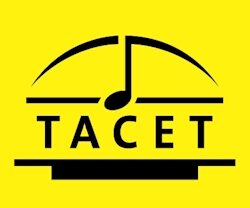




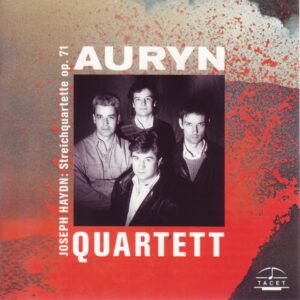
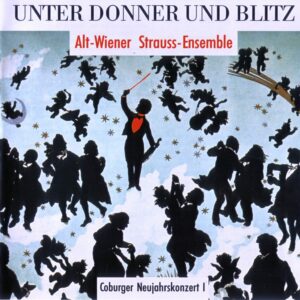
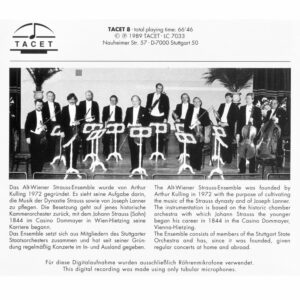


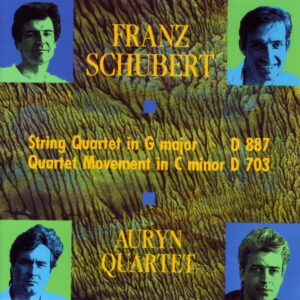
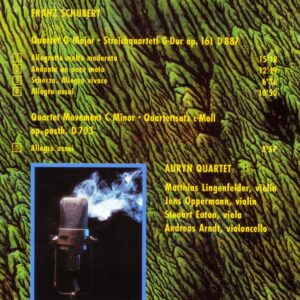
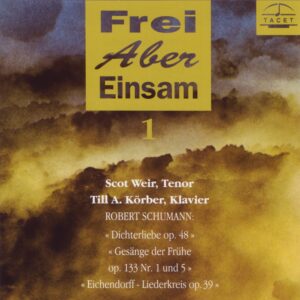

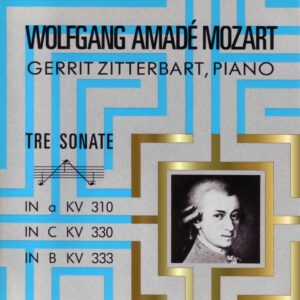
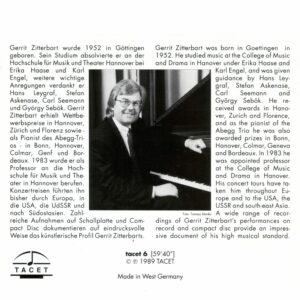
Répertoire –
Finally available in France – The vagaries of distribution had previously deprived us of one of the finest piano trios from across the Rhine. The Parisian importer Talis is now rectifying this injustice by distributing the Tacet reissues of the recordings by this superb ensemble...
Philippe Simon
________________________________
Original Review in French language:
Enfin disponible en France – Les aléas de la distribution nous avaient privés d′un des meilleurs trio avec piano d′outre-Rhin. L′importeur parisien Talis répare aujourd′hui cette injustice en diffusant les rééditions Tacet des enregistrements de ce superbe ensemble…“
Philippe Simon
Stereoplay –
Mozart’s piano trios occupy only a lower rank in performance statistics—far behind the quartets, violin sonatas, and string trios. The reason may lie in the inherent imbalance between the dominant keyboard instrument and the two string instruments, with the cello only gradually shedding the “eggshells of the continuo.” The young Abegg Trio, already distinguished by high-caliber recordings of Romantic repertoire, has here produced a masterwork: the three musicians succeed in creating a sonic balance that corresponds to Mozart’s intentions—even on a modern grand piano. Pianist Gerrit Zitterbart proves himself to be a Mozart pianist of the highest order, a true trio specialist, rivaled perhaps only by Menahem Pressler. And in terms of tonal delicacy, dynamic and coloristic variety, as well as the practical, unobtrusive, and wonderfully natural-sounding recording, this new release even outshines the older one by the Beaux Arts Trio. Moreover, it supplements the six well-known pieces with the three fragments from K. 442, completed in stylistically secure fashion by Karl Maquerre. A reference recording.
Wulf Konold
Fanfare-Magazin –
Recorded in 1985, this beautiful played collection of the complete Mozart piano trios includes the movements completed by the Abbe Stadler and Karl Maguerre, and known as K 442. It is reissued conveniently on two compact discs as opposed to the three discs of the Beaux Arts Trio on Philips. I prefer the Abegg Trio for musical reasons as well. Their playing is sprightly, stylish, and brings out the almost naive beauties of Mozart′s less challenging works. The Beaux Arts Trio is almost as successful, but at key moments they tend to push: The string accents at the beginning of K 542, for instance, are startling.
The Abegg Trio sounds more natural, and the pianist, Gerrit Zitterbart, plays more nuanced lines without affectation. Cellist Birgit Erichson and violinist Ulrich Beetz both have lovely, lush sounds. Both sets are well recorded: The Abegg set puts the trio in a believable space. I particularly admire the gentle lyricism of the Abegg Trio, and theirs is my preferred set.
Michael Ullman
Classics Today –
Mozart′s Piano Trios require a lot more depth of interpretation than they often get. It′s easy to play a nice, light Mozart line, but not everyone really gets into the heart of the music. Of the various traversals of the complete trios that have come and gone from the catalog, the only ones with lasting power are the Beaux Arts set on Philips and the Trio Parnassus on MDG (my favorite), and this new set on Tacet by the Abegg Trio is not likely to challenge either of those distinguished versions. Don′t get me wrong--the Abegg players are fine musicians with beautiful instruments, and they certainly are no novices when it comes to Mozart. They allow the cantabile inherent in Mozart′s melodies, like the main theme of the first movement of the E major, to sing without losing any sense of pacing, and they let the music dance and sparkle in a highly appropriate manner. Overall, the playing is rock-solid and phrases are tasteful and nicely shaped, but this recording is notable more for what′s missing--that extra degree of vitality and attention to the small details.
The differences between the Abegg′s performance and that of the Trio Parnassus immediately become apparent when you listen to just the opening bars of the Divertimento Trio K.254, or the exquisite Andante Cantabile of the C major Trio. Same notes, same basic dynamic levels, but with the Parnassus the notes just spring to life. Another perfect example is the distinctive way the Parnassus players handle the different variations in the finale of the G major, versus the more straightforward approach from the Abbeg. Again, without such comparisons, most listeners would be quite comfortable with the Abegg′s competent approach; but owing to the easy availability of the MDG set, I strongly recommend making that one a first choice. In addition, the recorded sound on MDG is more vibrant than on the Tacet release, and much more detailed.
David Preiser